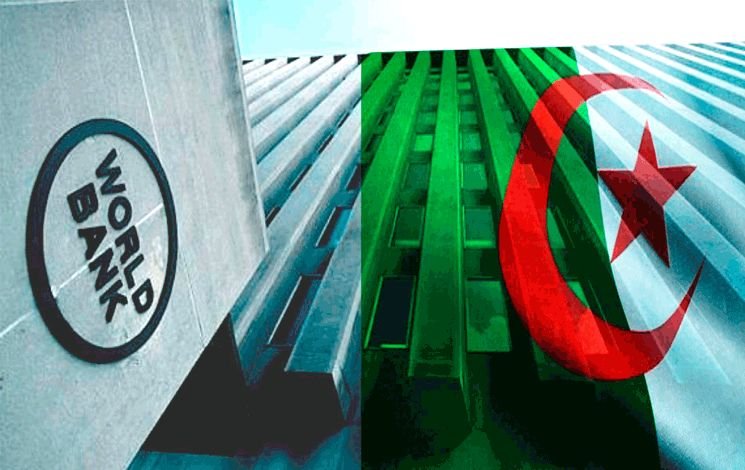La culture du coton relancée en Algérie
The creation, in July 2003, of the joint Algerian-French company Somecoton, specializing in cotton cultivation in Algeria, was considered by farmers as a significant step towards reviving this activity abandoned after independence. However, they regret not having been involved in the negotiations.
Cotton cultivation in Algeria once again? After the establishment last July of the joint Algerian-French company Somecoton, all hopes are high. Farmers in the regions of Annaba, El Tarf, Skikda, and Guelma, whose lands had a cotton vocation during the colonial period, believe in it. The financial support provided by the Algerian government to meet the national demand for cotton fiber is a significant stake, amounting to several tens of millions of dollars annually.
This is the focus of the French group Dagris (Developments of Agro-Industries of the South) and the Algerian company Texmaco (Textile Manufacturing Company). The two partners have set a target for Somecoton, scheduled to start its activities in 2004, to achieve a production of 30,000 tons of cotton seeds by 2015. Some Algerian textile companies, such as Alcovel (Béjaïa), Cotosud (Laghouat), Denitex (Tlemcen), Filba (Batna), and Tindal (M'sila), have been approached to provide financial participation in the capital.
Irritation among farmers
Other companies, especially public ones like Elatex Souk Ahras, Enaditex Sedrata, and Tébessa, close to the major cotton-growing plains, may not have been approached. This situation has caused irritation among farmers and industrialists in the easternmost regions of the country. "We were not even consulted on the matter, even though we are the main stakeholders in the revival of cotton cultivation (...) Farmers have always been marginalized in decision-making, even though it directly concerns them," said Chebbah Messaoud, the president of the Chamber of Agriculture of the Annaba wilaya (Cawa).
When? How? By what means? Who will manage the ginning factory in Annaba, currently in good working condition despite several decades of inactivity, wondered the farmers. "For the success of this joint venture, the initiators should have approached the farmers, without whose participation any project is doomed to failure. They will not dictate to us how to transform our crops," declared many farmers affiliated with Cawa, wary of unfortunate experiences with industrial tomato, tobacco, potato, and cereal crops.
Production versus importation
The Somecoton project aims to meet the needs of the Algerian textile industry, estimated at 30,000 tons of cotton seeds and 42,000 tons of fibers annually. Since the 1970s, these needs have been entirely covered by imports.
"This importation and the steep rise in cotton prices are the cause of the closure of our textile factories. That's why we welcome this initiative, which could succeed with the involvement of farmers. The resumption of cotton cultivation in our country requires downstream investments in the form of SMEs (small and medium-sized enterprises) for the establishment of ginning units, recycling of cotton grains for oil mills, a collection and transportation network for the product. It also requires the establishment of an institution responsible for cotton research and ginning," explains the president of Cawa (...)
Mr. Chebbah's conclusion: "We are able to transform up to 20,000 hectares with a yield of 10 quintals per hectare, creating 30 jobs per hectare. This area represents 50% of the 40,000 hectares needed for the production required by the domestic market. We can even resume exports. The quality of Algerian cotton fiber and seeds is highly appreciated in the international market. However, for this revival to succeed, farmers must organize themselves into groups. This is also not possible without a decisive political decision regarding agricultural land. Cotton cultivation requires sophisticated mechanization that cannot be borne by farmers alone. The state must intervene by providing assistance through the National Agricultural Development Fund and reducing charges per hectare (customs duties and VAT)."
Source el watan











